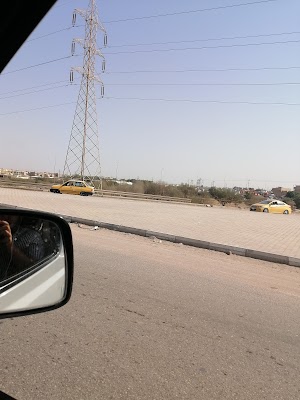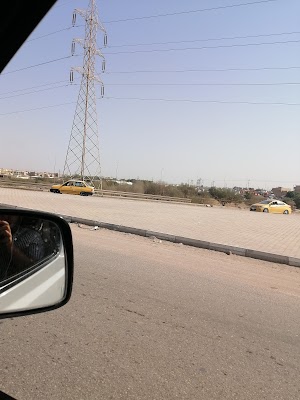Qadisiyah Battle Site (موقع معركة القادسية)
Overview
The **Battle of Al-Qādisiyyah** is a landmark event in history, occurring in 636 AD between the forces of the **Rashidun Caliphate** and the **Sassanid Empire**. Situated in the city of **Al-Qādisiyyah, Iraq**, this confrontation was critical in the broader context of the Muslim conquest of Persia, significantly influencing the spread of Islam across the region.
The preparation for this monumental battle was both methodical and strategic. Commanded by **General Sa’d ibn Abi Waqqas**, the Muslim army carefully selected the plains near the **Euphrates River** for their encampment. This location not only provided tactical advantages but also essential resources, setting the stage for a well-coordinated military operation.
To ensure their forces were well-organized and protected, the troops fortified the battle site with temporary structures. Rows of tents were pitched for shelter, while trenches and barricades were constructed to defend against potential surprise attacks. This level of preparation underscored the Muslim army's commitment to their cause.
Water supply was a paramount concern in the arid landscape. To address this, wells were dug to secure a consistent source of water for both soldiers and horses. The **Euphrates River**, located nearby, served as a vital resource, with leather water bags transporting water back to the encampment.
Effective communication was another cornerstone of their strategy. **Signal towers** were erected at key locations, enabling the use of fire signals and flag semaphore to relay messages swiftly across the battlefield. This system ensured that orders from commanders reached their troops promptly, even amid the chaos of combat.
The preparation of weapons and defenses was executed with precision. Artisans and blacksmiths worked diligently to produce swords, spears, and shields, while armors were repaired and fitted for optimal protection. The use of horses and camels was also integral for mobility and logistical support, enhancing the overall effectiveness of the forces.
The battle itself unfolded over several days, showcasing remarkable resilience and tactical skill from both sides. The Muslim army employed light cavalry to disrupt Sassanid formations, while also leveraging psychological warfare to boost morale and emphasize their divine purpose.
An intriguing aspect of the battle was the Sassanid forces' use of **elephants**. Initially, these majestic creatures incited chaos within the Muslim ranks; however, through quick thinking and bravery, the Muslim forces managed to neutralize this threat. Archers skillfully targeted the elephants’ eyes and legs, causing them to retreat in panic and regaining control over the battlefield.
The turning point of the battle came when the Muslim forces successfully breached the Sassanid frontlines. The Persian troops, commanded by **General Rostam Farrokhzad**, were caught off guard by the relentless assaults. Rostam's death in the ensuing chaos precipitated a rapid collapse of Sassanid resistance, sealing the fate of the battle.
The victory at Al-Qādisiyyah was monumental. It not only marked the decline of the Sassanid Empire but also paved the way for the Muslim conquest of Persia. The site itself, characterized by its temporary fortifications and strategic layout, played a vital role in the success of the Muslim forces.
Today, the historical site of Al-Qādisiyyah stands as a testament to the bravery and strategic acumen of the Muslim army. The planning and execution of the battle continue to be studied by historians and military strategists alike, reflecting its significance not only as a military achievement but also as a pivotal moment in the expansion of Islam and the transformation of Middle Eastern history.









